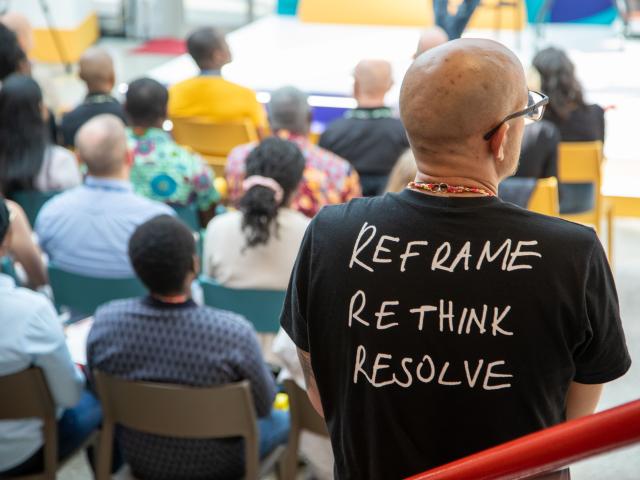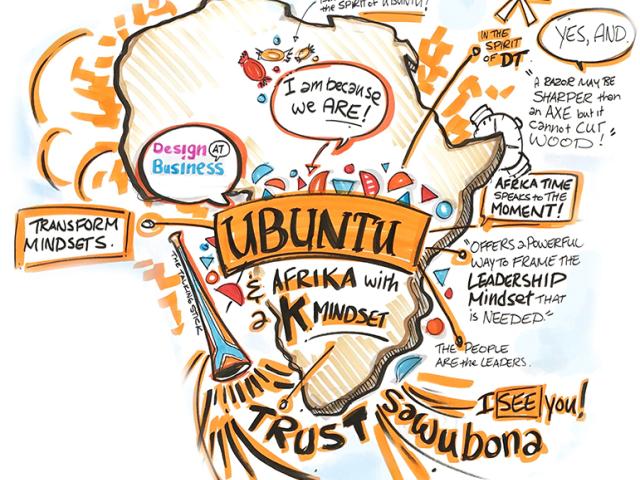Design thinking origins and growth
The 1950s and 1960s were all about the design of products, not how people could use design principles to tackle local and global issues.
However, thanks to Dr Bernard Roth being exposed to Robert H. McKim’s need-finding and visual thinking methodology to harness the human imagination in problem-solving, he was able to start driving ‘human-centricity’ as an approach to product design at Stanford University.
In the 1980s, German student Ulrich Weinberg collaborated with engineers, IT professionals, musicians, designers and 3D artists to create art. This taught him that collaboration between different disciplines, teamwork, and thinking with both parts of the brain connected all imbued with the creative spirit. As design thinking grew in the 1990s, it became clear that companies could leverage principles of empathy and imagination to innovate across multiple organisations in multiple local contexts.
From the year 2000 onwards design thinking became a cornerstone of 21st-century problem-solving.
Through funding from Dr Plattner and his foundation, the Hasso Plattner Foundation, the d-school at Stanford University (2005), the Hasso Plattner Institute at Potsdam University (2007) and d-school at the University of Cape Town (2016) were established to champion the process.

Design thinking in an African context
At the 2022 d.confestival, the theme of Ubuntu – a concept based on the premise of “I am because we are and because we are, I am” – entered various discussions among speakers and delegates.
The premise is based upon the view that the African continent differs from the Western world in that its central motivation lies in building communities rather than maximising profit. As such, the spirit of Ubuntu was a lens through which similarities to design thinking were drawn; instead of centralising respect and recognition towards individuals, the Ubuntu-inspired approach emphasises that success is a result of communal support and engagement, exemplifying a mindset of cooperation over competition.
It is this approach that global problem-solvers are hoping to co-opt as it has significant potential to provide a framework for how humans could interact with each other to build a better future.

Design thinking by d-school Afrika*
The d-school Afrika* sees design thinking as a discipline that focuses on a design-led mindset to understand challenges, identify opportunities, and co-create solutions for complex, real-world problems.
Most importantly, we aim to reframe Design Thinking to adapt to African contexts. In doing so, our future leaders will be able to grasp the complexity of the continent’s challenges and apply creative confidence, curiosity, collaboration and bold strategies to develop sustainable outcomes for all.
And that’s where we come in.
The d-school Afrika* at the University of Cape Town, is the leading academic institution in Africa offering training and capacitation in design thinking to university scholars and professionals in the public and private sectors.
Here’s why (and a dash more info about us):
